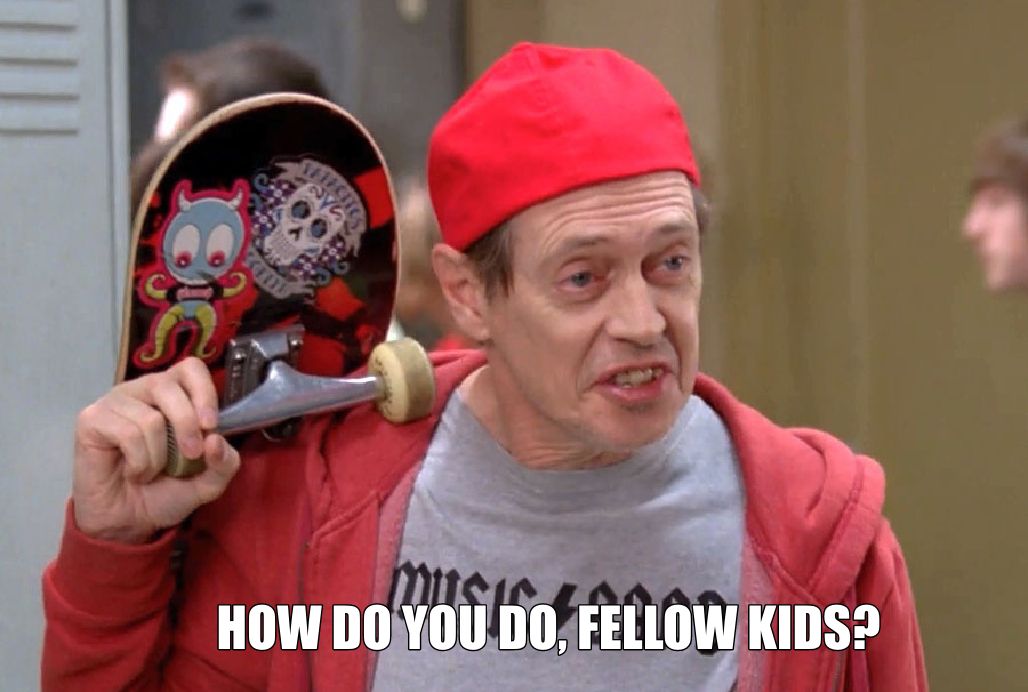Meme Marketing 101: 6 Best Practices for Using Memes in Your Content Marketing Strategy
Curious about how you can tap into the engagement and reach of memes with your marketing strategy? In this article, we share six best practices to follow to get meme marketing right.

You’ve probably heard that content should do at least one of the following: entertain, educate, inspire, or convert. Ideally, it’ll do two or more of those things at the same time.
Entertaining content sounds like the lowest hanging fruit, but sometimes it can be difficult to get it right.
One great way to inject some humor into your brand’s content marketing is by using memes. We’re not talking about just B2C brands, either! Whether your company is a trendy doughnut shop or a cloud call center software provider, consider sprinkling some memes into your marketing.
When used correctly, memes can inspire your audience to engage with and share your content. We’ll discuss how in this article.
Keep reading to learn the six best practices for using meme marketing effectively.
So, What Exactly Is a Meme?
In essence, a meme is an information shortcut. By referencing a cultural touchstone, they instantly convey a specific, contextual meaning. Like the Hotline Bling meme.

When you see this, even before you read the text, you already know that the poster is making a funny comparison between two things.
That’s why many memes tend to be iconic moments from movies, TV shows, current events, or viral social media posts. They can also be a little more abstract, though, like a weird stock photo that seems to be everywhere lately.
A lot of people and moments have been turned into memes over the years, and a single photo can be fodder for multiple different meme creations.
You can even use your own image to make a meme. After all, the best brands don’t follow trends.
They set them.
Why Use Memes in Your Content Marketing?
You might be thinking that memes are for people who spend a lot of free time on Reddit, not people who make branded content. But that’s not exactly true.
Well-made, funny memes can help foster organic engagement for companies.
How?
Because when a company creates relatable, memorable, and entertaining content, people remember them and have positive associations with their brand. That translates to likes, comments, shares, and, a little further down the funnel, conversions.
6 Best Practices for Meme Marketing
It’s important to strike the right tone when using memes in your marketing strategy.
If you’re not careful about how you meme, your content might feel out of touch, cringey, or even downright offensive.
Here are six best practices to follow and common pitfalls to avoid:
1. Know Your Audience
As with any content marketing initiative, you first need to know who you’re talking to.
What does your audience like? What would they find offensive or distasteful? What cultural references do they understand? We suggest using customer analytics to get to know your customer base and let that guide your content strategy.
A great example of this? BarkBox.
Their core audience is dog owners. And dog owners love dog memes (although, hey, don't we all?).
BarkBox has taken it a step further and even made memes a part of their product line.
With that said, don’t be afraid to experiment. If something is truly trending and funny, it might be more relatable than you think.
2. Know Your Memes
Understanding a meme and why it’s become so popular will help you create a version for your brand that actually makes sense.
Before jumping on the bandwagon of a meme that’s going viral, you need to know two things: 1) why is it funny? And 2) what’s the context?
There’s nothing worse than a corporate meme that’s not only unfunny but also nonsensical.

3. Don’t Make It an Ad
Unless you’re using the meme in an actual ad.
As a general rule of thumb, though, meme marketing should fall into the awareness part of the acquisition funnel. Memes are a great tool for establishing rapport with your audience, building brand recognition, and creating a fun, relatable brand voice.
Less great at selling widgets.
If the punchline of your meme is “Buy our product/service!” it’s going to feel inauthentic and turn potential customers off. So, skip the salesy lingo.
Instead, focus on crafting smart, funny memes that speak to real human experiences that are relevant to your audience.
Take this example from Whataburger, for instance.
When you forgot to set your alarm and now you missed the breakfast burger. pic.twitter.com/m6HnnYfDDj
— Whataburger® (@Whataburger) November 5, 2021
Missing the narrow window for a fast food breakfast? Devastating. Also relatable.
What Whataburger doesn't do here is say, "Come and buy our breakfast burger."
Not only would that be ham-handed and inauthentic, they also don't need to. By invoking this relatable experience, they've asked their readers to remember a time they wanted a breakfast burger and didn't get one.
And voila — they've just planted a renewed craving for that breakfast burger in their readers' minds.
4. Stay on Trend and Move Quickly
Although the Internet is forever, memes do have a shelf life.
Some memes have better staying power than others, but in general you don’t want to be sharing memes that are too old. Instagram, Twitter, TikTok, and even Reddit can be good sources for finding out what’s new and trending.
When you see memes that are trending, move quickly.
If you wait too long to pull the trigger on this kind of content, the cultural conversation online will move on without you. By striking while the iron is hot, you increase your chances of higher engagement and more shares. That, in turn, can lead to increased referral traffic to your site.
5. Keep It Appropriate
“Appropriate” means different things depending on what your brand voice is. Liquid Death Mountain Water has a very different voice than Pampers, for example.
Even brands like that, though, should steer clear of truly offensive meme content.
That doesn’t mean you can’t make something that’s avant-garde, a little risqué, or cheeky. It means that you should never target a particular demographic with your meme or be unnecessarily cruel. The rule of “always punch up” is a good one to follow.
It’s also a good idea to keep things light. Try to stick to relatable topics without being too depressing… unless you’re going for the whole bleak, existential dread vibe. That can be cathartic for a certain type of audience.
Finding your niche is crucial.
6. Use Memes Sparingly
It might be tempting to churn out meme after meme once you get the hang of it.
Don’t go overboard, though.
Like salt, memes add a little flavor to your social media pages, but too much spoils the meal. Meme marketing should be one facet of your overall content marketing strategy, not the entire thing.

If you’ve got a finger on the pulse of popular online culture and can follow these six best practices, you’ll be meming your way into the hearts (and wallets!) of your audience in no time.
Need a little memespiration? Check out our meme template library and get started on your meme marketing journey.
Jenna Bunnell is the Senior Manager for Content Marketing at Dialpad, a cloud based phone system for small business communications that provides valuable call details for business owners and sales representatives.









